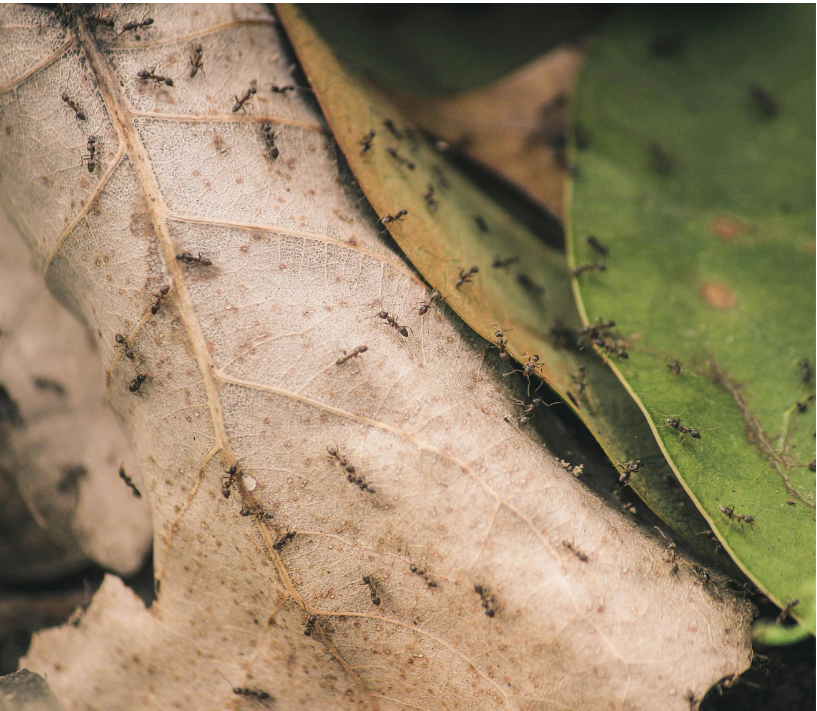October 28th, 2024Glen, about the house

Help your trees to health
Healthy trees growing in their native habitat rarely suffer seriously from insect attack. The trees’ in-built defences and the insects’ natural enemies provide a balance.
When the trees are taken out of their natural environment the balance is lost. Some insects, such as the gumtree scale, can multiply to the point where they can cause serious defoliation and sometimes kill the tree.
It becomes necessary in an artificial environment to help nature control those insects that reach plague proportions. When insect activity is noticed on a tree or shrub, the insect should be properly identified before any control is attempted.
Natural controls, such as for disease or predators, may prevent serious damage. Insecticidal sprays applied wrongly or at the wrong time may do more harm to the natural control than the pest.
If the insect is no longer present, sprays will be useless and other harmful and beneficial species could be needlessly killed. The presence of some insects such as borers often indicates a reduction in the health and vigour of the tree.
The insects enter trees dying from old age or trees damaged by humans or natural factors such as drought, frost, wind and intense summer heat. When the insects are finally discovered, it may be already too late to save the tree.
For control, insects fall into three major groups: leaf-eating insects, sap-sucking insects and bark- and wood-feeding insects.
Leaf-eating insects, such as grasshoppers, beetles and the larvae of some moths and sawflies attack most trees at times with little effect.
Control of leaf-eating insects may require spraying or injection at the right time with a suitable insecticide, or simply the removal and destruction of the offenders where they are accessible.
Sap-sucking insects such as gumtree scale, psyllids, mealybugs and gall-forming insects often affect young trees.
Natural predators usually control these in mature trees. Removal by hand from small trees is usually sufficient. Ant control is important here too.
The ants interfere with the insects’ natural enemies and help in the distribution of the pests to healthy new growth.
The presence of bark and wood-feeding insects such as alongicorn, wood moth larvae and the common auger beetle can suggest the tree is in a weakened state.
Attacks on healthy trees usually fail because of natural substances in the sap. Insecticides are not effective here because the pests are inaccessible.
Tree surgery is often required to repair the damaged part of the tree – that is, if the tree is worth saving.










